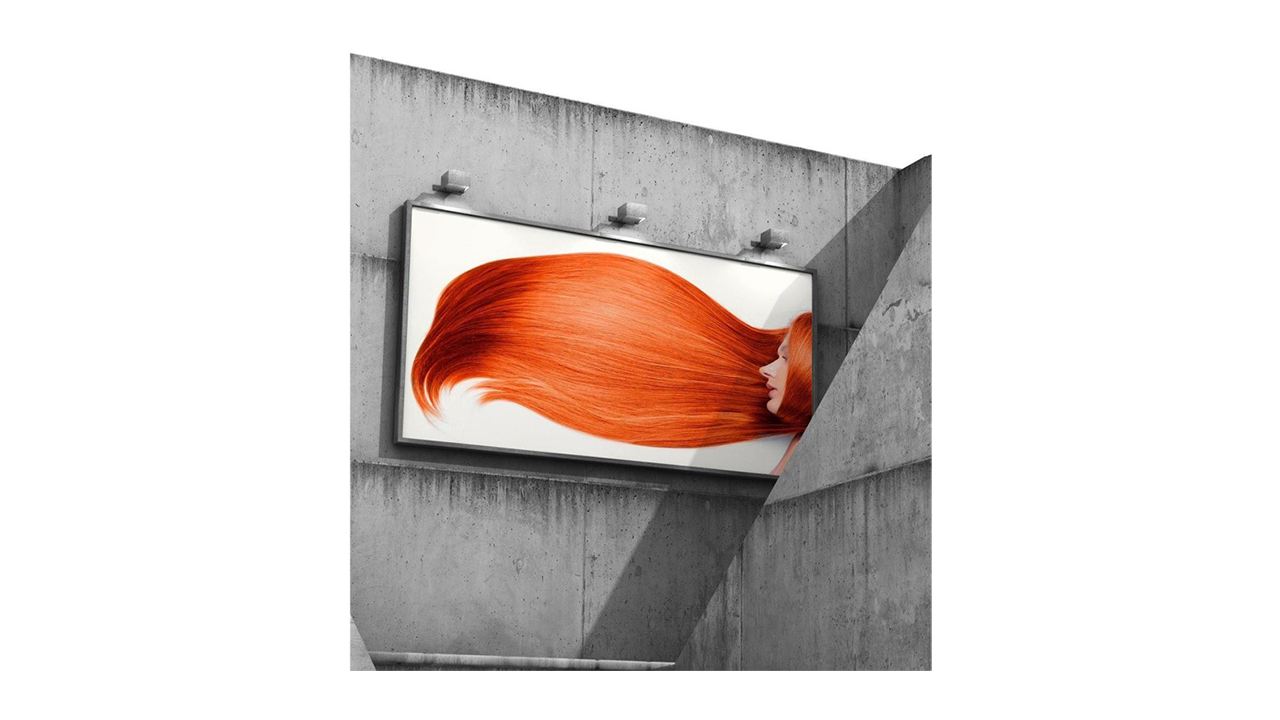
The design of wide-format applications requires a good understanding of substrate options, printer, and ink capabilities, as well as finishing and display techniques. One key aspect to be considered is the durability of the prints.
How long will they last? Will they resist the “wear and tear” to which the application will be subjected? Is lamination required, or will the application be robust enough without lamination?
Of course, wide-format prints are used for an extremely wide range of applications, and the sources of potential damage can vary significantly between applications. Vehicle graphics, for example, could be exposed for many months in outdoor locations, and will be subjected to damaging UV rays in sunlight, regular washing, and occasional vehicle fuel spills; durability requirements, in this case, are very high. At the other extreme, some event graphics and signs may only be required for a few days. Durability requirements in this case are relatively low. The question, in this case, is whether lamination is required at all.
The attached guide provides:
- An understanding of the different components of durability, and which components should be considered in different environments.
- Results from tests conducted on prints produced with the HP Latex R-series, 630, 700, 800, and 2700 Printer series and HP Latex Inks HP 832, 872, 873, 882, 883, and 886 for each of these different components.
- Recommendations for print service providers (PSPs) when producing wide-format applications with the above-mentioned Printer series Inks.
- Details of application warranties available from substrate manufacturers.
- Related sustainability certification for wallpaper applications, and a link to learn more details.










